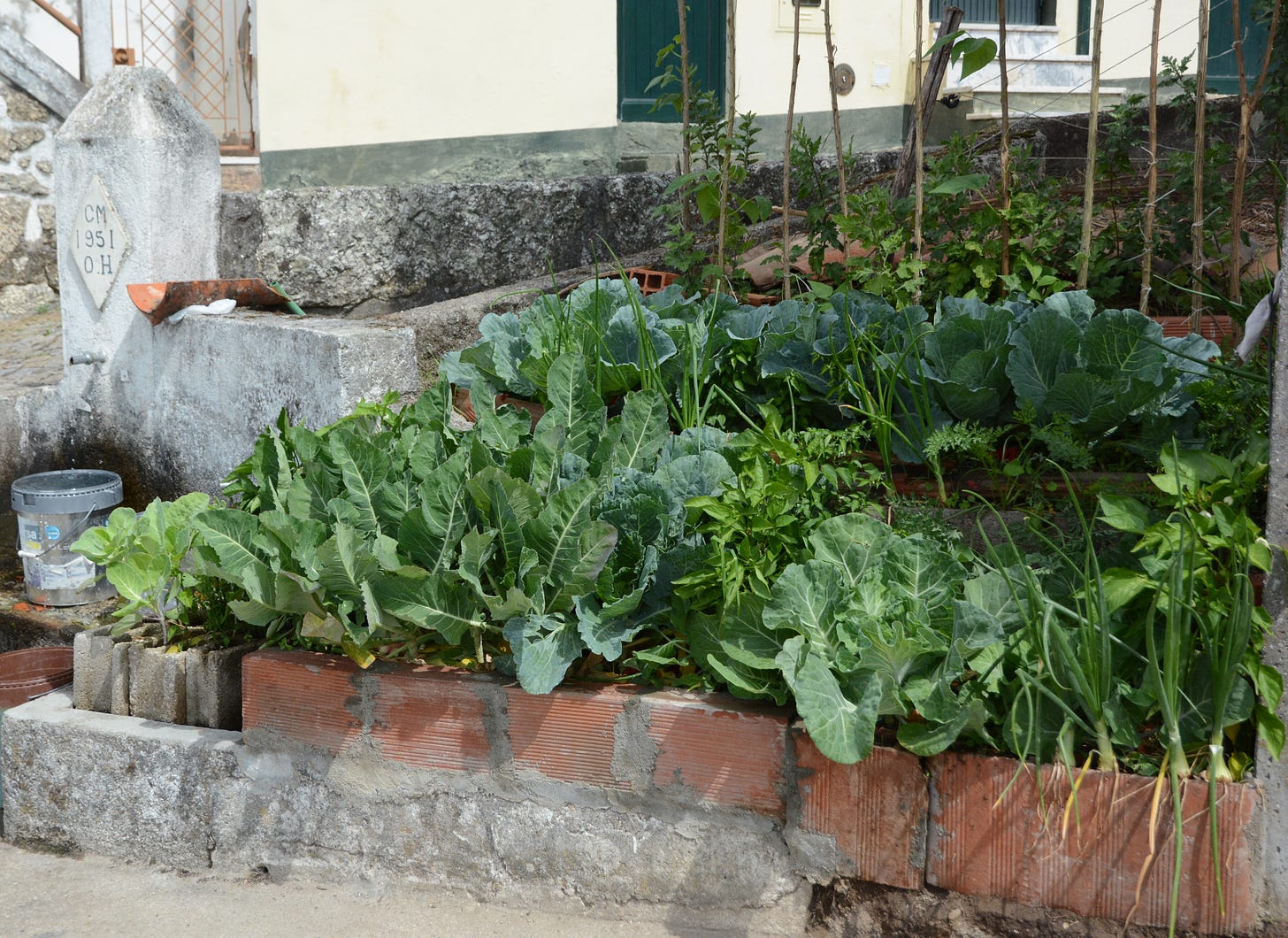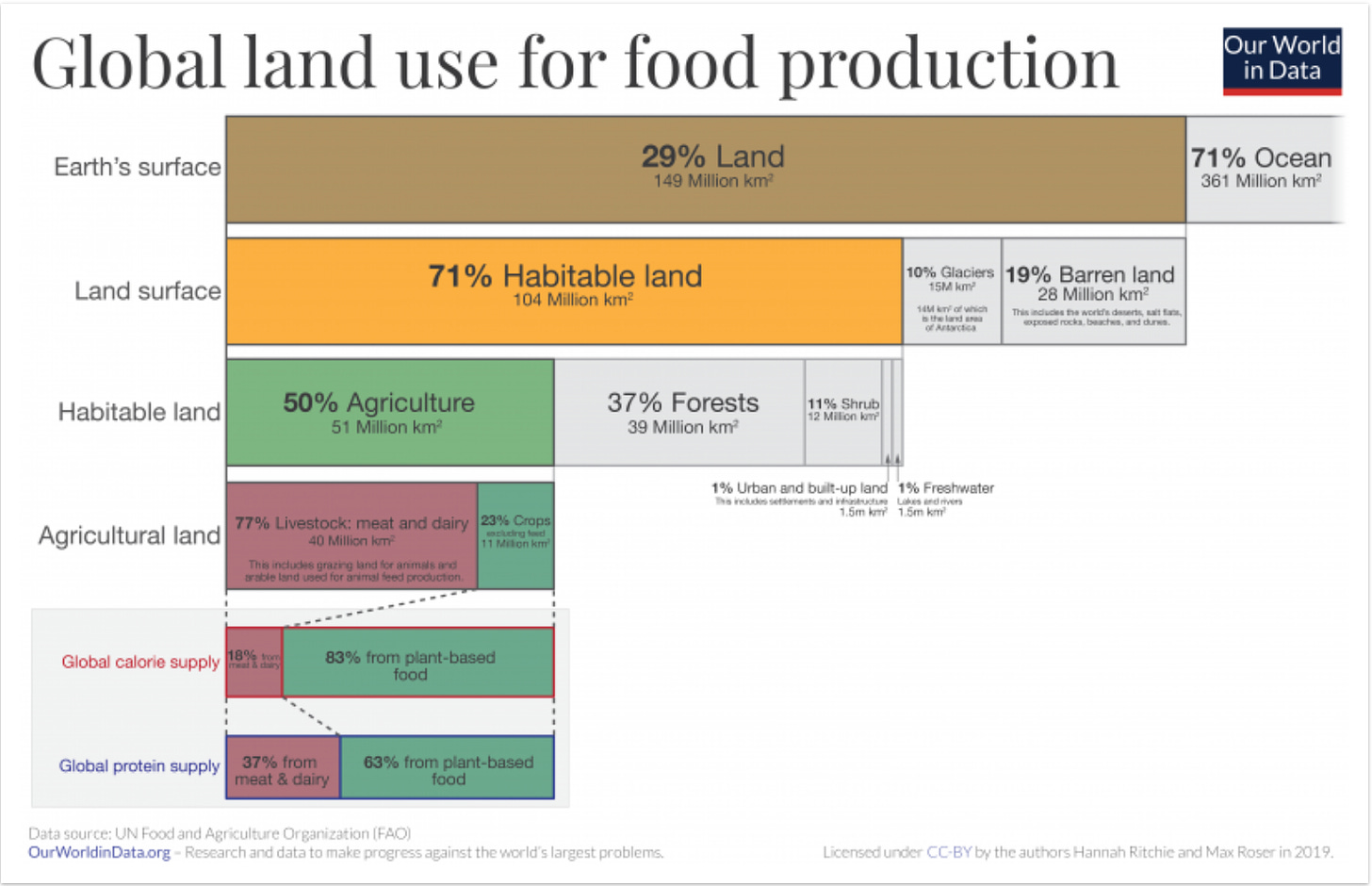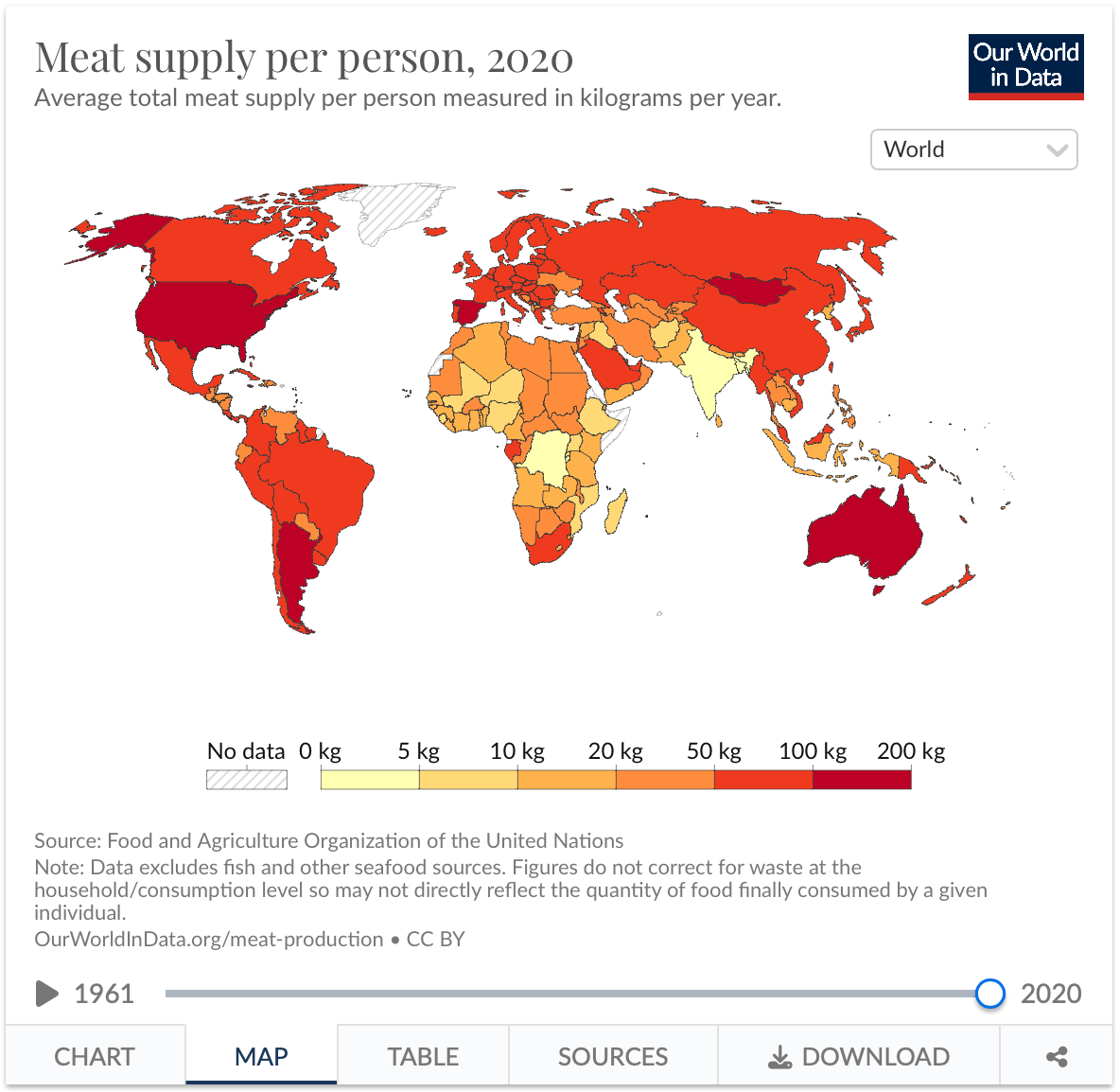“In our society growing food yourself has become the most radical of acts. It is truly the only effective protest, one that can — and will — overturn the corporate powers that be.
By the process of directly working in harmony with nature, we do the one thing most essential to change the world… we change ourselves.”
Jules Dervaes
For today’s reunion at The Fiertzeside, I feel it’s time for introductions. I am collating a community page which I will update regularly with a brief introduction of each subscriber, where possible. At time of writing, we are a gathering of thirty thirty-two people, a mixed group of established Substack writers, new to Substack writers, Notes active readers and readers outside of the Substack platform.1
For readers outside of the platform, it is difficult to introduce you by name. However, please know that your participation from afar is greatly appreciated, as is your subscription. You are very, very welcome to The Fiertzeside.
We have a number of readers within the platform, some active in Notes. Please say hello to:
, , , , Anne , , and. Welcome to The Fiertzeside!We have a number of new to Substack writers, either recently launched or on the precipice of launch. Hello and welcome to:
, Jen, , , and.And finally, give hello and welcome to more established Substack writers:
, , , , , , , , , , , , , , and.Taking back my words
In a recent post, I said that I didn’t think it would be possible for me to start an Incredible Edible village. However, ahead of our annual festa, at the main entrance into the village, this suddenly happened (No, it wasn’t me):
I take back my words!
The advantage of the placement of this veggie patch is that it is next to the village fonte, providing a consistent flow of spring water. Nurturing them during August was made easier by that bucket you see to the left. During the festa, this little veggie bed got more attention than one of the live bands. I think I’ve managed to make it look bigger than it actually is, but look how much food is growing in this tiny space!
How much land do you really need to feed the planet?
Take a look at this chart and make a mental note of how much of our habitable land is dedicated to agriculture.
Hold that thought.
What I am about to do is a bit crude, lacking scientificity (yup, I made it up), but I hope it makes a significant point.
Consider a hypothetical vegetarian family of four adults with 1/10 acre of land with which to grow food. Within that reckoning, if they were meat eaters, they could probably have occasional goat, chicken and duck on the menu too. That’s 0.05 acres per person. Not a lot, right? But let’s say it is possible for them to be self-sufficient in food on that tiny plot.
There is a population of 8.1 billion according to the world population clock, and even though the rate of growth is slowing down, it is still set to be 9 billion by 2037.
Let’s see how good my arithmetic is. How much land do we need to feed the global population? I’ll go with 9 billion persons times 0.05 acres. That’s 450 million acres which translates to less than 2 million km².
51 million km² is used for agriculture when the population could be fed on 2. If you were as inefficient at your job then you wouldn’t have one!
Take another look at the chart above. How much of the agricultural land is taken up for livestock and how much does it actually provide nutritionally?
Significantly less land provides the bulk of the population’s protein, and that isn’t the land dedicated to the meat and dairy industry! That’s despite the fact that the richer a country gets, the more meat it eats. Take a quick look at this data map. The redder the colour, the more meat is eaten.
The only exception to this trend is India which has roughly the same consumption of meat as it did in the 1960s even though it is significantly richer. 120 kgs (265 lbs) per person per year is way more meat than anyone needs. Imagine what a fifty percent reduction could do in terms of regaining balance between agricultural land and (natural) forest.
But can you really feed one person on 0.05 acre of land?
Square foot gardening
In 1975, Mel Bartholomew began to realise how wasteful it is to plant in straight single lines. It is also incredibly labour intensive. He tried an experiment and began what is now known as the square foot gardening method.
Rather than ploughing or digging all of the available land (best way to ruin good soil quickly), which is then compacted by trampling feet, you use only the space you need. Here’s how it works:
If plants require a foot (30 cm) of space, then plant one in each square foot of soil. If they require 6 inches of space, then plant 4 per square (seed packets will tell you what space they need). For 4 inches of space plant 9, and for 3 inches space plant 16.
Generally, people can reach 2 feet without having to step on soil in order to tend to the bed. So for easy access, plant in a 4 x 4 foot area.
Planting in what is effectively 80% less space requires less manure, fertiliser, organic material, water, etc. and you don’t need as much good soil depth as you might think. Most veggies are happy in six inches of soil. You don’t have to wait around for years for the soil to regenerate.
Rather than plant all in one go, creating produce that has to be processed or goes to waste, staggered planting provides a longer season and fresher produce.2
One inch gardening
One foot gardening became extremely popular, and industrial agriculture aside, neat straight rows fell out of fashion. If a method is simple, takes less work, less space and is more effective, then people like it.
Soon after Mel’s insight, a bright spark thought, “hey, why not plant some of those three inchers in the same space as those one footers? They might benefit from the shade given by the larger plant”. Then, began the idea of companion planting, putting plants together which help each other out. It worked and people found they lost less of their crops to pests and diseases and were growing even more than they did before. The one foot garden became more refined.
Remember our hypothetical family of four? They are not-so-hypothetical. This is what they achieve on 1/10th acre:
You will have noticed they do not have a 100% year round supply of food. However, they do generate a surplus for local restaurants, which, when I did my global calculations, I offset against what they needed to bring in from elsewhere. If that family were part of a wider community of families each with a similar plot of land, what could be achieved if they pulled together to make efficient decisions about their combined land usage and allocation of resources? Some of the land could be dedicated to the grains they need to supplement their diet.
Like many other cities in 2012, the City of Cleveland experienced home foreclosures with resulting vacant land. Disadvantaged areas in particular were associated with hunger, lack of access to healthy food and high levels of obesity. Using Cleveland as a case study, researchers asked whether cities can become self-reliant on food. The answer is yes.
They proposed three scenarios, and in one, where 80% of vacant land, 9% of residential land and 62% of industrial and commercial roof top space was devoted to the production of food, it would be possible to meet “between 46% and 100% of Cleveland’s fresh produce need [dependent on the growing method used], and 94% of poultry and shell eggs and 100% of honey”.3
While a great deal of public will is needed for such an expansive endeavour, the financial benefit alone might be motivation and justification enough to at least pilot smaller efforts.
“The analysis also reveals that the enhanced food self-reliance would result in $29M to $115M being retained in Cleveland annually depending upon the scenario employed.”4
Even if we turned the 2 million km² into 10 million needed to feed the global population, that is a great deal more efficient than the current 51 million. There is plenty of scientific evidence for asserting that is possible to feed a population on a lot less. A study which compared small scale farming with industrial farms found that farms less than 2 hectares in size produce 30-34% of the food supply on 24% of agricultural land. Small farms grow more in a smaller space. The largest part of their crop production is to food, whereas industrial farms produce more feed for livestock and processed food, the kind that the human body really isn’t suited to eating. Additionally, larger farms contribute more to post-harvest food waste, and crop richness declined the larger the farm; small farms produce a greater share of the world’s fruits, pulses, roots and tubers.5
Large farms threaten rather than ensure food security for the future. If industrial farm land was redesignated for reforestation and rewilding, the planet and its inhabitants might actually stand a chance.
For it to work, however, the quick convenience of processed food, and eating more than 100kg of meat a year, will have to be archived as a bad idea in the annals of history.
Sorry!
P.S. I did these calculations while I was writing. I had no idea the scale of the discovery I was about to make. I just wanted to try it. I half expected to fall hard, flat on my face. I am still astonished.
Where names and links are given, they are in no particular order.
Bartholomew, M. & Square Foot Gardening Foundation (2018) All New Square Foot Gardening, 3rd ed. Cool Springs Press.
Grewal, S.S., & Grewal, P.S. (2012) Can cities become self-reliant in food? Cities, Volume 29, Issue 1, pp. 1-11. https://www.sciencedirect.com/science/article/pii/S2211912417301293. Date accessed 01/09/2023
ibid.
Ricciardi, V., Ramankutty, N., Mehrabi, Z., Jarvis, L. & Chookolingo, B. (2018) How much of the world’s food do smallholders produce? Global Food Security, Vol. 17, pp. 64-72. https://www.sciencedirect.com/science/article/pii/S2211912417301293 accessed 01/09/2023










Ah, yeah it's not big deal. I agree with you, Its good to focus on the things that you inspire to do. I even didn't use social media frequently. But yes substack is enough and Notes is better way to communicate with community and discussions.
Yes you fix it 😀👍
Thank you for passing it on, @Marple !